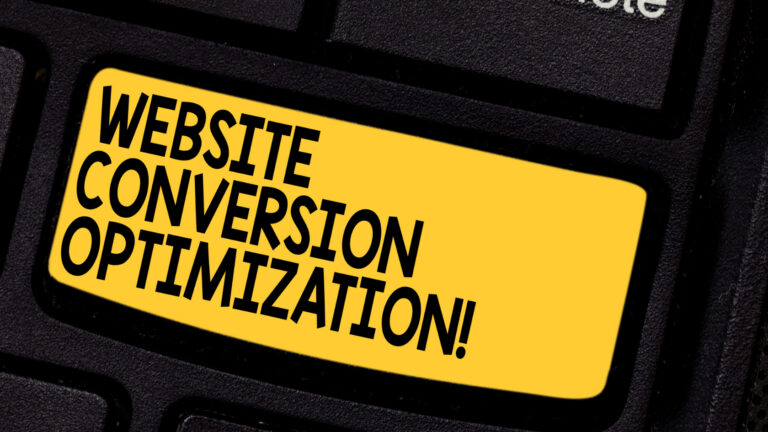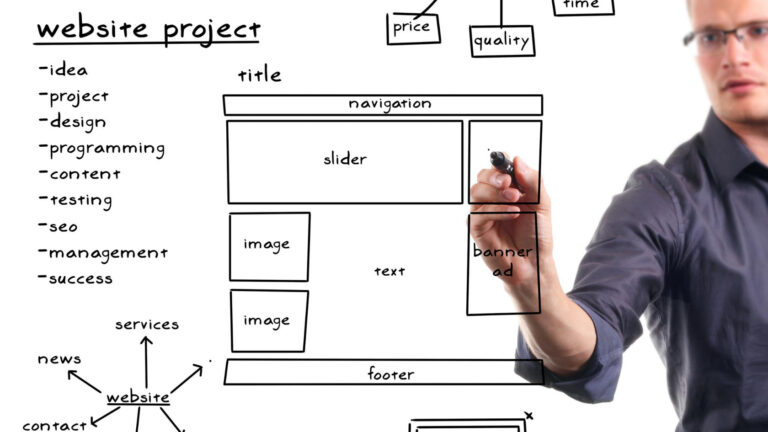
Looking to boost your landing page’s visibility and drive more traffic? Well, buckle up because we’ve got just the strategies for you!
In this article, we’ll reveal why these top SEO techniques are incredibly effective. From expert keyword research and optimization to crafting high-quality content, you’ll discover the secrets to dominating the search engine rankings.
So, get ready to take control of your online presence and watch those conversions skyrocket!
Key Takeaways
- Thorough keyword research and optimization are crucial for attracting qualified leads and improving conversion rates.
- On-page SEO techniques such as optimizing content and improving user experience can increase website rankings on search engine results pages.
- Proper URL structure and formatting, including concise and descriptive URLs with relevant keywords, enhance website visibility and attract organic traffic.
- High-quality and relevant content creation, incorporating storytelling and visual elements, is essential for engaging the audience and improving visibility.
Keyword Research and Optimization
To optimize your landing pages effectively, start by conducting thorough keyword research and optimizing your content accordingly.
Keyword research is crucial as it helps you understand the language your target audience uses when searching for products or services. By identifying the right keywords, you can create content that aligns with their search intent.
Additionally, competitor analysis plays a vital role in keyword research. By analyzing your competitors’ websites, you can uncover valuable insights about the keywords they’re targeting, allowing you to identify gaps and opportunities.
Furthermore, incorporating long tail keywords can enhance the visibility of your landing pages. These longer, more specific phrases tend to have less competition and attract highly targeted traffic.
Therefore, by conducting thorough keyword research and optimizing your content with relevant long tail keywords, you can increase your chances of attracting qualified leads and achieving higher conversion rates.
On-Page SEO Techniques
To effectively optimize your landing pages, you need to implement on-page SEO techniques that enhance your website’s visibility and improve its rankings on search engine results pages. On-page SEO refers to the optimization tactics that are implemented directly on your website.
One important aspect of on-page SEO is improving the user experience. This includes making your landing pages easy to navigate, ensuring fast loading times, and providing valuable content that meets the needs of your target audience.
Another crucial on-page SEO technique is image optimization. By optimizing your images, you can improve your website’s load times and enhance the overall user experience. This involves reducing the file size of your images without compromising their quality, using descriptive alt tags, and adding relevant keywords to your image filenames.
Proper URL Structure and Formatting
When it comes to proper URL structure and formatting for your landing pages, there are a few key points to keep in mind.
First, you want to make sure your URLs are SEO-friendly, meaning they’re concise, descriptive, and include relevant keywords.
Additionally, following formatting best practices such as using lowercase letters, hyphens instead of underscores, and avoiding unnecessary parameters can help improve the readability and user-friendliness of your URLs.
Seo-Friendly URLs Explained
For effective SEO strategies for landing pages, you should consider the proper URL structure and formatting.
Seo-friendly URLs play a crucial role in improving your website’s visibility and ranking on search engine results pages (SERPs). When optimizing your URLs, it’s important to keep them concise, descriptive, and relevant to the content of the landing page.
By including relevant keywords in the URL structure, you can help search engines understand the context of your page and improve its chances of ranking higher. Additionally, it’s important to use hyphens to separate words in the URL, as search engines consider them as word separators.
Avoid using special characters, unnecessary numbers, and excessive parameters in your URLs, as they can confuse search engines and users alike.
Proper URL optimization and structure can greatly enhance the visibility and accessibility of your landing pages, increasing your chances of attracting organic traffic and achieving higher conversions.
Formatting Best Practices
Optimize your landing page URLs with proper structure and formatting to improve their visibility and ranking on search engine results pages (SERPs).
Consistency in design and effective use of white space are crucial for formatting your landing page URLs. When it comes to consistency in design, make sure that your URLs follow a uniform structure that’s easy to read and understand. This means using lowercase letters, hyphens to separate words, and avoiding any special characters or unnecessary numbers.
Additionally, effective use of white space can make your URLs more visually appealing and easier to navigate. Use hyphens to separate different sections of your URL and avoid using underscores or spaces.
High-Quality and Relevant Content Creation
To improve the effectiveness of your landing page, focus on creating high-quality and relevant content that resonates with your target audience. Content creation techniques play a crucial role in attracting and engaging visitors.
Start by conducting thorough research to understand your audience’s needs, preferences, and pain points. This will help you create content that addresses their specific concerns and provides valuable information. Use language that’s concise and straightforward, avoiding jargon or technical terms that may confuse or alienate your audience.
Incorporate storytelling and visual elements to make your content more engaging and memorable, and ensure that it’s easy to read and navigate. Implementing content relevance strategies such as using keywords strategically, optimizing meta tags, and including internal and external links can also enhance the visibility and search engine rankings of your landing page.
Optimization of Meta Tags and Headers
When it comes to optimizing your landing page for SEO, meta tags and headers play a crucial role.
Meta tags provide search engines with information about the content of your page, helping them understand its relevance to users’ search queries.
Meta Tag Importance
How can you effectively optimize meta tags and headers for improved SEO results on landing pages?
Meta tag optimization plays a crucial role in boosting your website’s visibility and attracting more organic traffic. By optimizing your meta tags and headers, you can provide search engines with relevant information about your landing page content.
Start by including targeted keywords in your meta title and description to improve your page’s search engine ranking. Make sure your meta tags accurately reflect the content on your landing page to enhance user experience and increase click-through rates.
Additionally, optimize your header tags (H1, H2, etc.) by incorporating relevant keywords to improve readability and search engine visibility. By prioritizing meta tag optimization and headers, you can reap the SEO benefits and drive more traffic to your landing pages.
Header Optimization Techniques
Optimize your headers and meta tags to improve the effectiveness of your SEO strategies for landing pages.
Header optimization techniques play a crucial role in enhancing the visibility and relevance of your webpages to search engines. When it comes to header design, it’s important to create clear and concise headings that accurately reflect the content of the page.
A well-structured header hierarchy, with the main heading as an H1 tag and subheadings as H2, H3, and so on, helps search engines understand the organization of your content.
Additionally, consider the placement of headers within your page. Placing headers strategically throughout the page can make it easier for search engines to identify key information and improve the overall user experience.
Mobile-Friendly and Responsive Design
Do you know why having a mobile-friendly and responsive design is crucial for your landing pages?
It’s because of the mobile-first approach and user experience optimization.
With more and more people accessing the internet through their mobile devices, it’s essential to ensure that your landing pages are optimized for mobile viewing.
A mobile-friendly design ensures that your landing pages load quickly and are easy to navigate on smaller screens.
A responsive design automatically adjusts the layout and content of your landing pages to fit different screen sizes, providing a seamless user experience.
By prioritizing mobile optimization, you can attract and engage your mobile audience effectively, increasing the chances of conversion.
How Can These Top SEO Strategies Improve Your Landing Page Rankings?
Implementing effective SEO and landing page rankings strategies can significantly improve your website’s visibility and traffic. By optimizing your content with relevant keywords, enhancing user experience, and improving page load speed, you can boost your landing page rankings and attract more organic traffic.
Final Thoughts
Implementing these top SEO strategies for landing pages can greatly enhance your website’s visibility and attract more organic traffic.
By prioritizing keyword research, on-page optimization, content creation, and mobile-friendly design, you can effectively drive more qualified leads and improve your overall online presence.
- How to Plan a Content Calendar That Works - 29/10/2025
- SEO Content vs. Social Media Content: What’s the Difference? - 23/10/2025
- The Best Types of Content for Service Businesses - 16/10/2025


